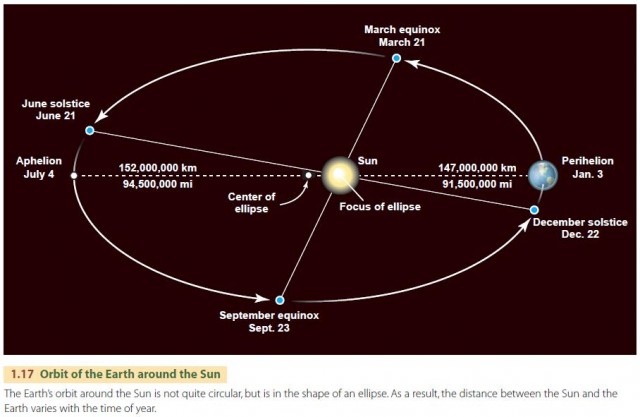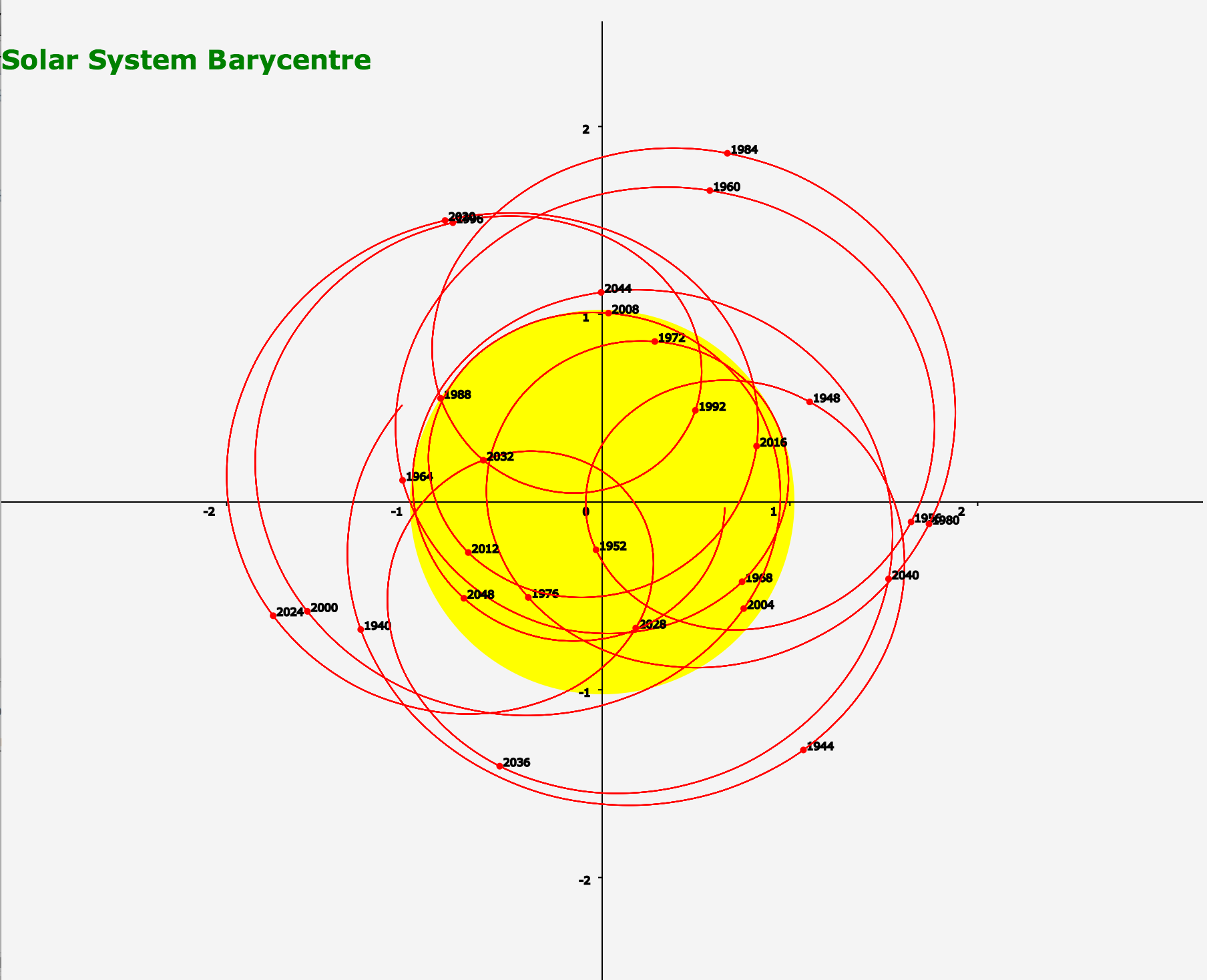


In a previous episode, we explained how eccentricity impacts Earth today. In ~200,000 years, when Earth’s orbit is at its most elliptical point, the difference in insolation between the closest and farthest approaches will be around 23%.Today, the Earth’s orbital ellipticity is nearly circular at 0.0167, but that still causes 6% more insolation during Earth’s closest approach to the Sun than when it is farthest away.Caused by the gravitational tug of other planets, like Jupiter, Saturn, and Venus, Earth’s eccentricity has several periodicities.Subsequent scientific studies showed that Earth’s orbital eccentricity varies from nearly circular (e = 0.000055) to a maximum ellipticity of 0.0679, which is just still just barely elliptical.Eccentricity of zero results in a circle, and orbits become more elliptical as they increase toward 1. His first and second laws of planetary motion state that planetary orbit is an ellipse, and the Sun is at one of the ellipse’s focal points. After trying unsuccessfully for 2 years to fit a circular orbit with complicated retrograde “epicycles” to Mars, Kepler tried an ellipse, and this simpler approach worked.The orbits of Venus, Neptune, and Earth are nearly circular, but the orbits of Mars and Mercury are not. The previous heliocentric view, developed by Copernicus in the 1500s, stated that planetary orbits were circular.

Eccentricity: In 1609, Johannes Kepler published his first two laws of planetary motion in Astronomia Nova, establishing the elliptical orbit of planets around the sun.And every 26,000 years, Earth completes a wobble on its axis, known as precession.Every 41,000 years, Earth’s axis tilts 2.4 degrees more toward the sun the obliquity then cycles 2.4 degrees away from the sun.Every ~400,000 years, this change in eccentricity is even more pronounced. Every 100,000 years, Earth’s orbit stretches from nearly circular to slightly elliptical and back.Milanković cycles are named after Milutin Milanković, the scientist who first modeled the ways they interact to impact Earth’s climate.Their combined variation influences the amount of sun that reaches different parts of Earth’s surface, and it is predictable. Synopsis: Earth’s daily rotation and annual orbit around the Sun may seem stable to us, but over very long periods of time, they change cyclically. We’ll talk about why this matters in another EarthDate. This change in tilt, called obliquity, combines with Earth’s wobble and eccentric elliptical orbit to dramatically impact the amount of sun the planet receives. These eccentric orbits cycle at intervals of about 100,000 and 400,000 years.Īround 1900, German scientist Ludwig Pilgrim found a third important cycle: the tilt of the planet’s axis changes by two and a half degrees, and back, every 40,000 years. Later astronomers calculated that these elliptical orbits also vary-from nearly circular to much more oblong-as they’re influenced by the gravities of other planets. In 1500, Copernicus put forth the idea that planets circled the sun.īut 100 years later, Johannes Kepler’s calculations would not match a circular orbit, so he tried an ellipse… and suddenly things lined up, establishing elliptical orbits for planets. He called this precession, which happens on a 26,000-year cycle. He realized that Earth must be slowly wobbling on its axis like a top wobbles as it spins, causing it to be oriented differently to the stars. In AD 127, the Greek astronomer Hipparchus compared star maps made centuries before to his own maps–and found the stars were in different places. But in truth, its path is more complicated. It’s easy to imagine Earth’s orbit as a circle around the Sun.
#Earth orbit around the sun windows
All these changes, over thousands of years, cause variation in Earth’s insolation, which affects climate. Credit: Windows to the Universe The shape of Earth’s orbit becomes more or less oval (eccentricity), Earth wobbles as it spins (precession), and Earth’s axis changes too (tilt).


 0 kommentar(er)
0 kommentar(er)
